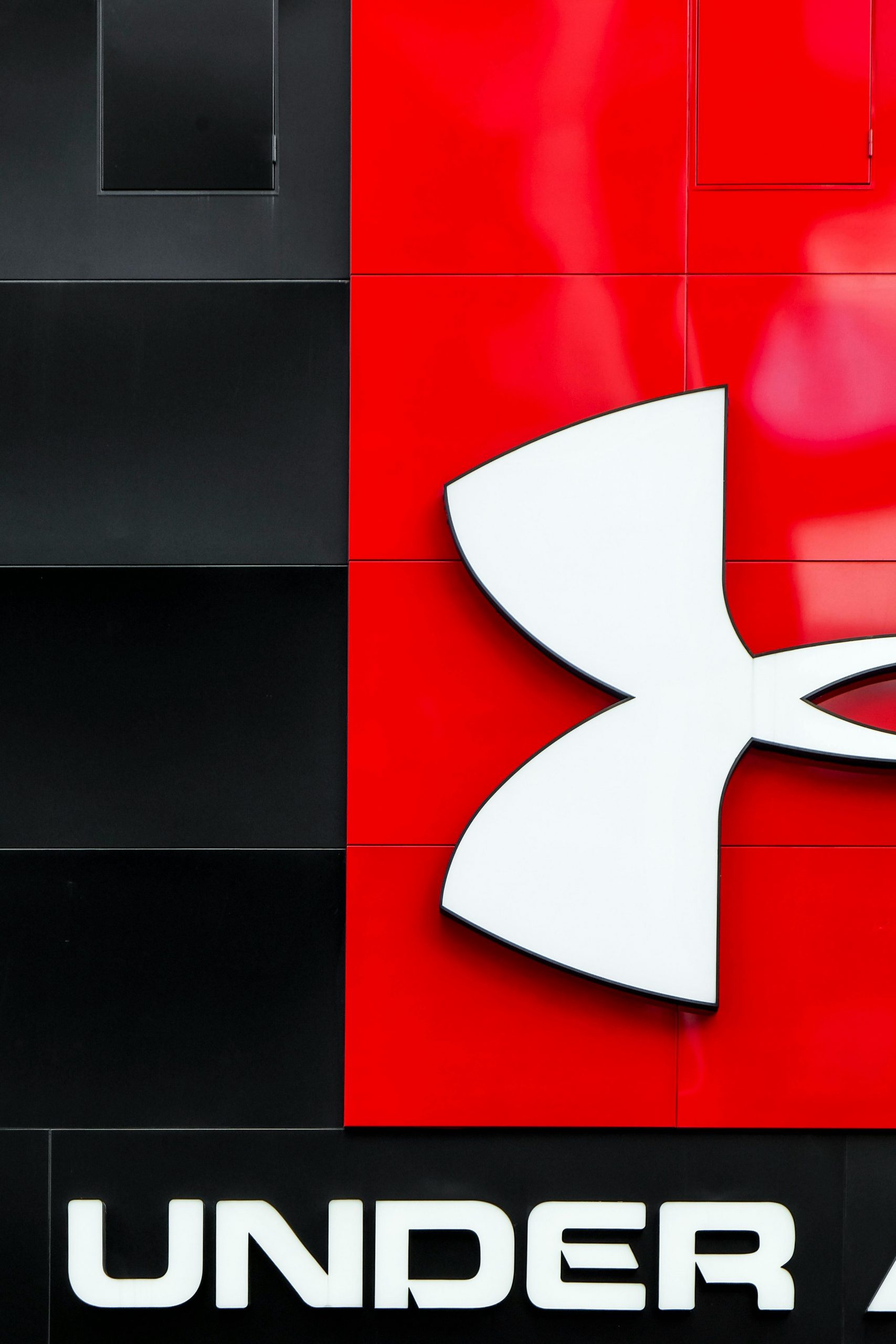Separate and not the same – Under Armour gets two Policies

In August 2016, Under Armour received a demand for inspection of its books and records on behalf shareholder Chad Sorenson (“Sorenson”) and later a derivative demand. Under Armour also received a similar demand from shareholder Shawn Luger (“Luger”). In general, both the Sorenson and Luger demands alleged false and misleading statements by Under Armour regarding the effect of the bankruptcy of Under Armour’s customer, The Sports Authority, on Under Armour’s financial outlook. Under Armour received several additional derivative demands. In February 2017, Brian Breece (“Breece”) filed a class action complaint against Under Armour alleging that Under Armour and certain of its executives made false and overly optimistic public statements about the company’s net revenue projections and growth rates. In August of that same year, Aberdeen City Council as Administrating Authority for North East Scotland Pension Fund (“Aberdeen”), filed a complaint alleging that Under Armour and one of its executives issued a series of false and misleading statements about demand for Under Armour products and Under Armour’s financial condition. That complaint was amended and the defendants’ motions to dismiss were eventually denied. In July 2020, after a few years of investigation, the SEC issued Wells Notices to Under Armour and then the SEC issued an order charging Under Armour with misleading investors as to the basis of its revenue growth and failing to disclose known uncertainties concerning its future revenue prospects.
Under Armour reported some of these claims to its insurers during the 2016-2017 policy period. It later notified its insurers of additional claims, including the SEC claim, under subsequent policies in effect from 2017 through 2018. The 2017-2018 insurers (excess D&O) took the position that, under the “Wrongful Act”, “Interrelated Wrongful Act”, “Single Claims” and “Prior Notice Exclusion,” all losses triggered only the 2016-2017 policy period and no other. Under Armour pointed to, among other things, an endorsement that changed the “Single Claim” provision and argued that coverage should be afforded under both the 2016-2017 and the 2017-2018 policies for the separate losses. In agreeing with Under Armour, the court found that the consolidated securities class action, the derivative matters, and the investigations were not the same, as they involved different parties, different time periods, raised different theories of liability and sought different relief. The court, therefore, found that both policy years were triggered for different losses and Under Armour was entitled to coverage under both.
The case is Endurance American Insurance Co., v Under Armour, Inc., Case No. 1:22-cv-02481, United States District Court for the District of Maryland.


